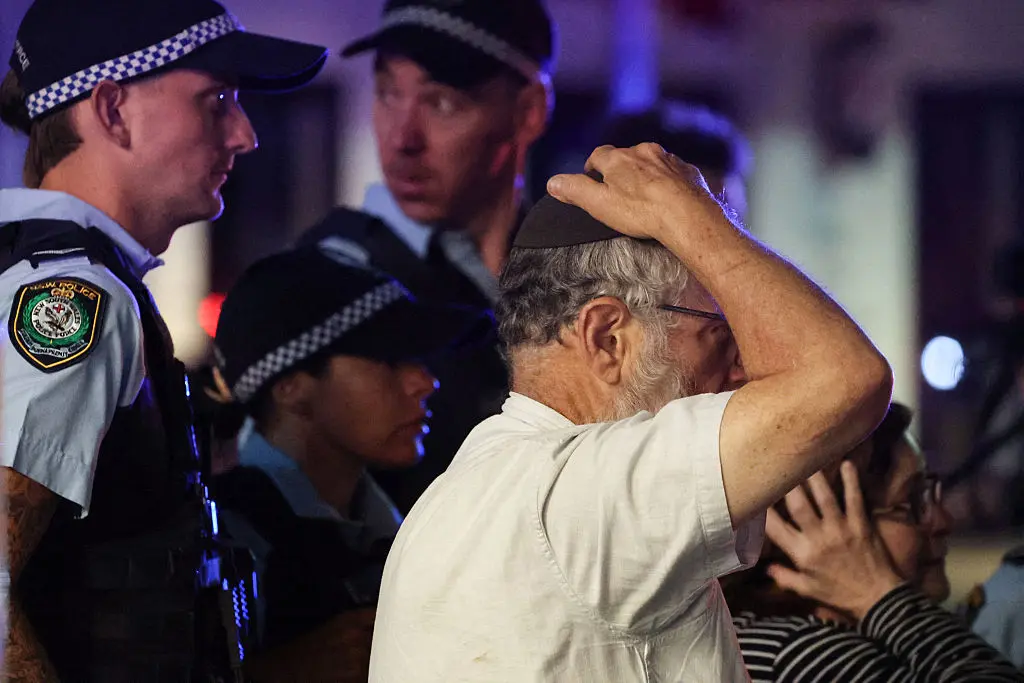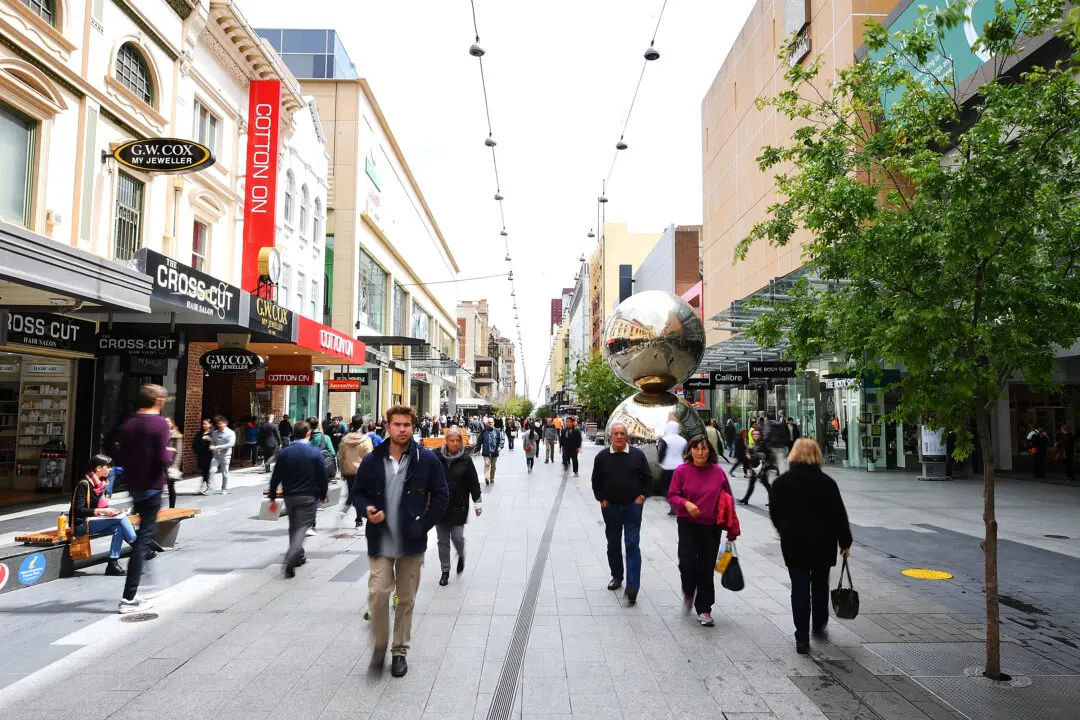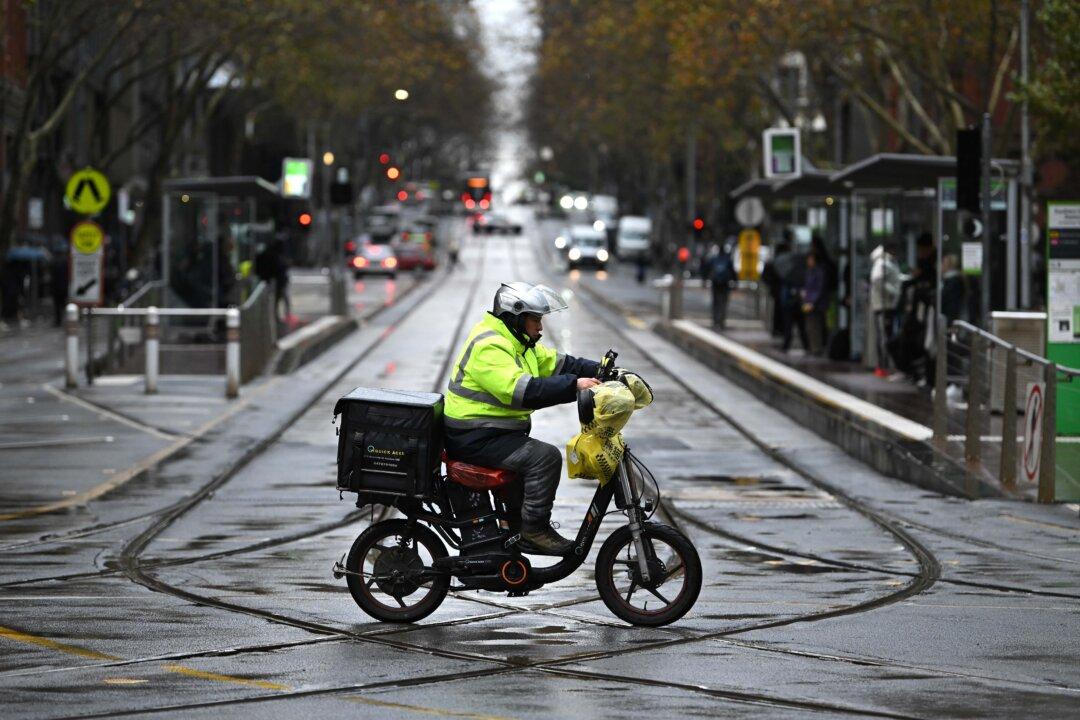Australia’s most costly city to buy petrol is Brisbane, analysis by the National Roads and Motorists’ Association (NRMA) shows.
However, the cheapest city to buy petrol is Perth, followed by Adelaide, and Darwin, the data from the NRMA released to the Epoch Times reveals.





